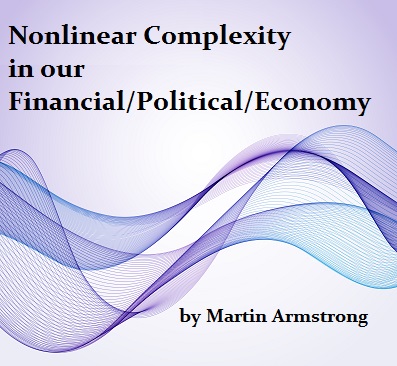Population growth and food: A systems perspective
In this age of the Anthropocene, it is necessary to look inward as well as outwards to find systemic solutions. People may or may not be “a plague on earth” as David Attenborough has stated, but we are without doubt the dominant force on this planet. Some introspection is needed if we are to use our power ethically.
 As Organisational Outreach Officer for Population Matters, my task is to contact ethically-oriented organisations (from faith organisations to environmental NGOs) and suggest ways in which the issue of population growth could be covered on their website and integrated into their ethos. Many organisations I approach agree that population size contributes to climate change, conflict and malnutrition, but they frequently respond by saying that the issue lies outside of their remit. Population Matters’ patron Jonathon Porritt talks about the reasons why organisations avoid referencing population growth in this 14-minute video, debunking a few myths along the way.
As Organisational Outreach Officer for Population Matters, my task is to contact ethically-oriented organisations (from faith organisations to environmental NGOs) and suggest ways in which the issue of population growth could be covered on their website and integrated into their ethos. Many organisations I approach agree that population size contributes to climate change, conflict and malnutrition, but they frequently respond by saying that the issue lies outside of their remit. Population Matters’ patron Jonathon Porritt talks about the reasons why organisations avoid referencing population growth in this 14-minute video, debunking a few myths along the way.
To be truly systemic, one has to include all aspects of the problem. So what is ‘systemic’ or ‘systems thinking’? In simple terms, it is an approach for analysing complex issues by viewing them holistically, as purposeful systems containing interdependent variables, stakeholders and perspectives. This allows an awareness of one’s own bias and limitations. Systems practitioners use simplified diagrams to uncover key issues and when this is done comprehensively they are able to see the interwoven social, economic, political and environmental dimensions.
The issue under investigation here is the global food system, the purpose of which is to feed humans (and to a certain extent livestock) over a sustained period of time. It is embedded in and dependent on ‘macro’ systems as shown in the diagram below.
…click on the above link to read the rest of the article…
























